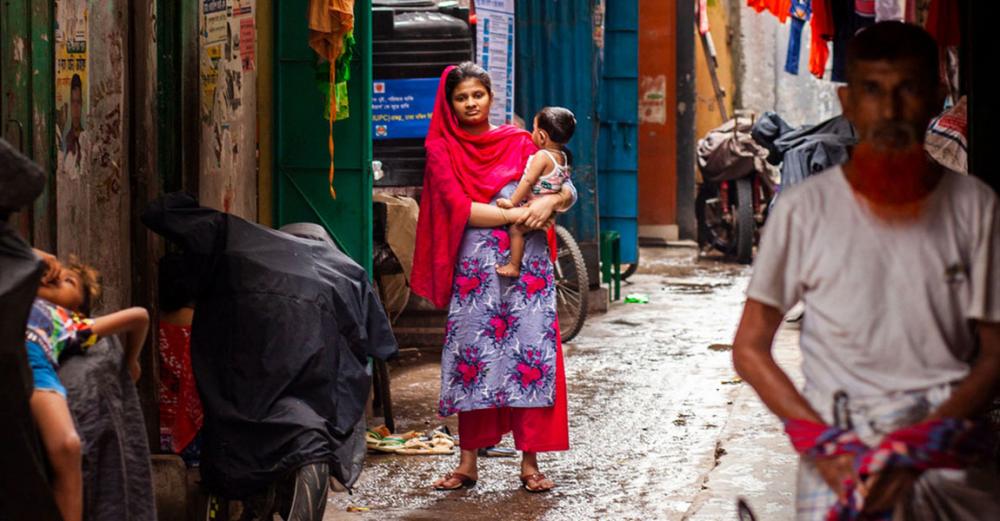Just Earth News | @justearthnews | 04 Sep 2020

New York: The coronavirus pandemic and its fallout will likely push 47 million more women into poverty, reversing decades of progress to eradicate extreme poverty, new data released on Wednesday by the UN has revealed.
The study, commissioned by UN Women and the UN Development Programme (UNDP), points to a 9.1 per cent increase in the poverty rate for women.
Prior to COVID-19, the rate was expected to decrease by 2.7 per cent between 2019 and 2021.
The projections also show that while the pandemic will impact global poverty generally, women will be disproportionately affected, especially women of reproductive age.
By 2021, for every 100 men aged 25 to 34 living in extreme poverty (living on $1.90 a day or less), there will be 118 women, a gap that is expected to increase to 121 women per 100 men by 2030.
Data summarized in the report, From Insights to Action: Gender Equality in the wake of COVID-19, also shows that COVID-19 will push 96 million into extreme poverty by 2021 – 47 million of whom are women and girls. This will increase the total number of them living in extreme poverty to 435 million, with projections indicating that this number will not revert to pre-pandemic levels until 2030.
Women at the heart of recovery
Phumzile Mlambo-Ngcuka, UN Women Executive Director, said that the increases in women’s extreme poverty are a “stark indictment of deep flaws” in the ways that society and the economy are structured.
“We know that women take most of the responsibility for caring for the family; they earn less, save less and hold much less secure jobs – in fact, overall, women’s employment is 19 per cent more at risk than men’s."
She added that the evidence of multiple inequalities should now drive “swift, restorative policy action” that puts women at the heart of pandemic recovery.
Reducing gender inequality ‘affordable’
The pandemic poses a serious threat to eradicating extreme poverty by the end of 2030, and there are fears that the reality could be worse, as the projections of increased poverty rates for women and girls only account for the downward revision of the gross domestic product (GDP), excluding other factors – such as women leaving the workforce due to childcare responsibilities.
According to Achim Steiner, UNDP Administrator, more than 100 million women and girls could be lifted out of poverty if governments improve access to education and family planning, fair and equal wages, and expand social transfers.
“Women are bearing the brunt of the COVID-19 crisis as they are more likely to lose their source of income and less likely to be covered by social protection measures”, he said.
“Investing in reducing gender inequality is not only smart and affordable, but also an urgent choice that governments can make to reverse the impact of the pandemic on poverty reduction,” he added.
Action needed now
While its findings are alarming, the study estimates it would take just 0.14 per cent of global GDP (about $2 trillion) to lift the world out of extreme poverty by 2030; and $48 billion to close the gender poverty gap.
However, if governments fail to act or act too late the real number could end up much higher. Similarly, increases in other pre-existing gender inequalities could also impact the final figures.
For instance, women working in some of the sectors most affected by the pandemic, such as hospitality, food services, and domestic services, are particularly vulnerable to layoffs and loss of livelihood.
Photo caption and credit: UN Women/Fahad Kaizer
A mother holds her child in a marginalized community where she lives in Dhaka, Bangladesh. Due to the pandemic, many people have lost their livelihoods and sources of income, with women the worst affected.